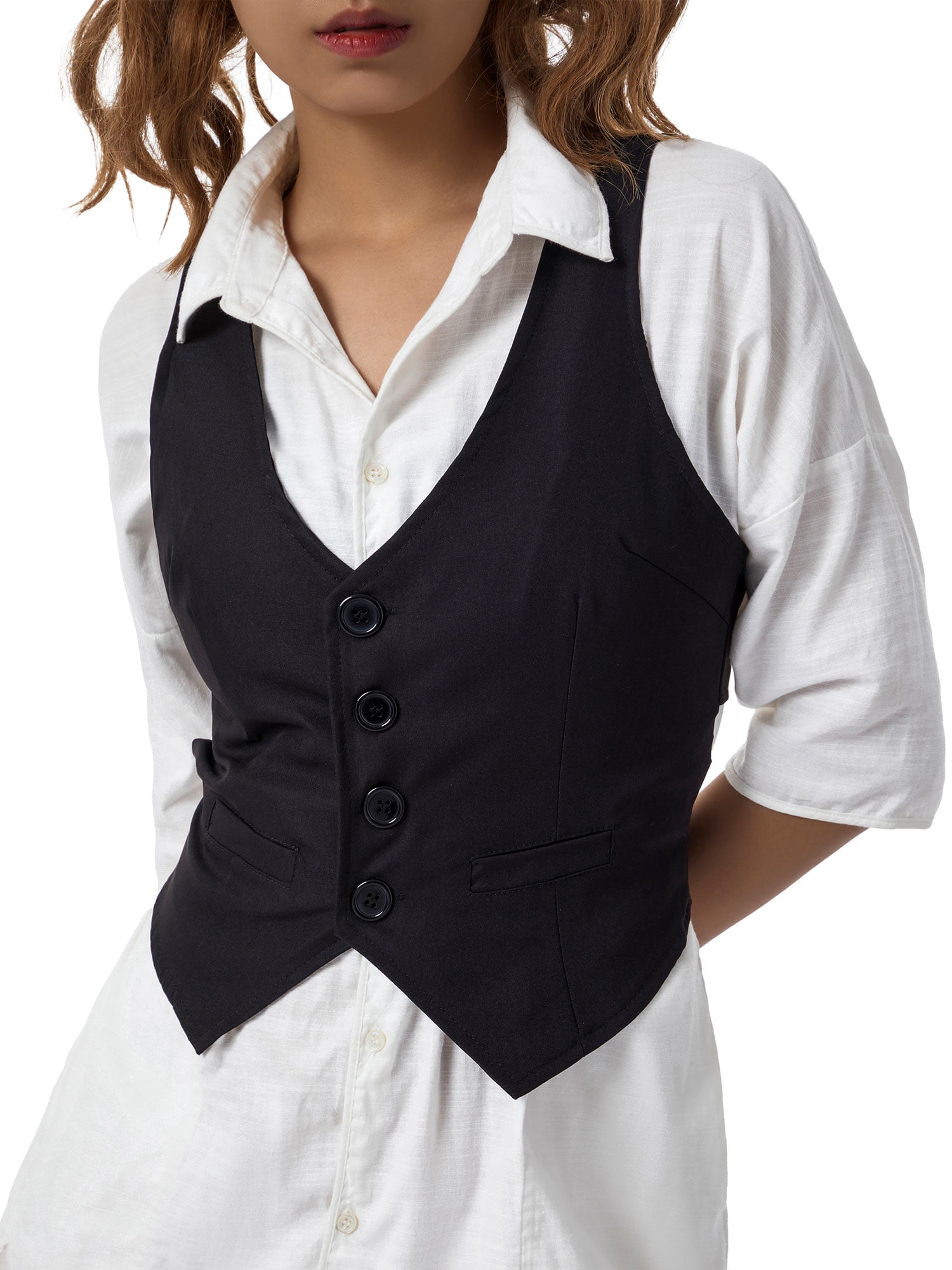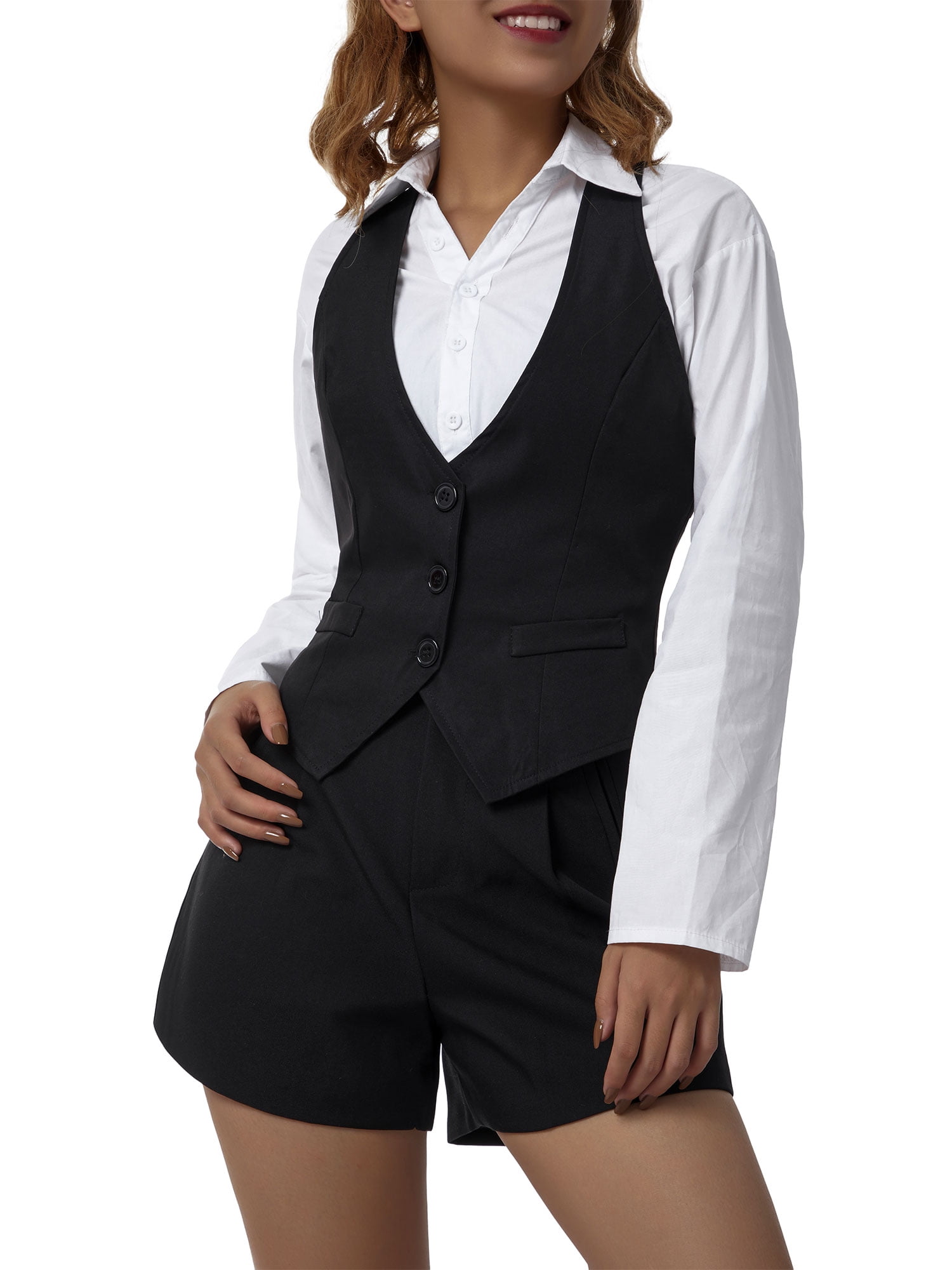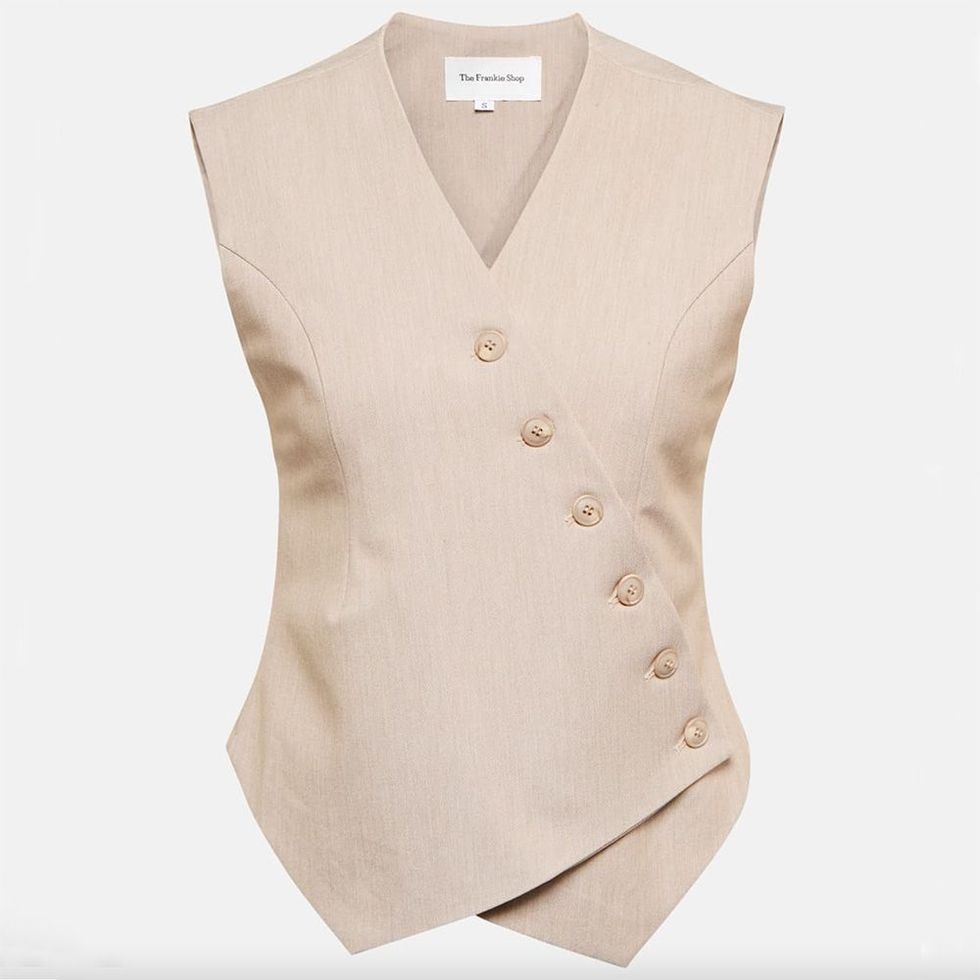
YEAHDOR Womens Halter V Neck Vest Office Ladies Formal Elegant Waistcoat Suit Vest Work Wear Black M - Walmart.com

Office Women 4 Piece Suit With John Pants, Vest Suit, Single Breasted Blazer Jacket Patricia 4 Piece Suit - Etsy

2019 Summer Women's Suit Vest Jacket Sleeveless Casual Elegant Coats Female Short Vest Ladies Business Waistcoat Jacket R430 - AliExpress

Women Vintage Suit Vest Slim Fit Versatile Racerback Vest Button Down Sleeveless Tuxedo Suit V-Neck Racer Back Waistcoat ,S-XL - Walmart.com

Sleeveless Suit Jacket Womens | Vest Office Long Sleeve | Waistcoat Long Women Office - Vests - Aliexpress

Women Suit Vest Vintage Button Down V-Neck Sleeveless Jacket Tuxedo Suit Waistcoat Casual Simple Outwear Tops - Walmart.com

High Quality Fiber - Ladies Vest & Waistcoat Women Business Suits With Skirt And Top Sets Office Uniform Designs Ol Style - Vests - AliExpress

White Wedding Suita Women's Steampunk Vest Tuxedo - Etsy | Suits for women, White wedding suit, Steampunk vest

YEAHDOR Womens Halter V Neck Vest Office Ladies Formal Elegant Waistcoat Suit Vest Work Wear White XXL - Walmart.com

Allegra K Womens Waistcoat Steampunk Dressy Sleeveless Jacket Versatile Racerback Suit Vests Caramel Large : Target

HXSZWJJ Summer Women's Suit Vest Jacket Sleeveless Casual Elegant Coats Female Short Vest Ladies Business Waistcoat Jacket (Color : Black, Size : S.) at Amazon Women's Coats Shop










:upscale()/2022/10/17/746/n/1922564/e9690236f2d4f37b_netimgdRpdfr.jpg)

